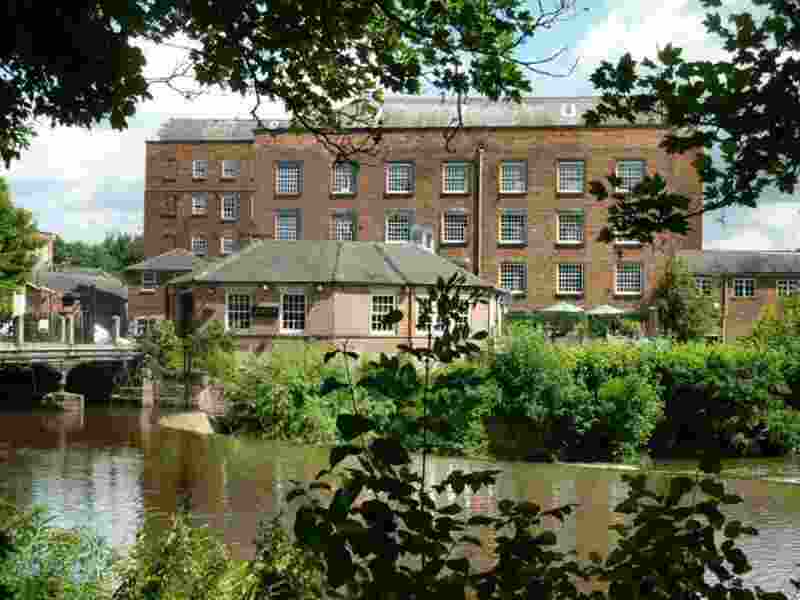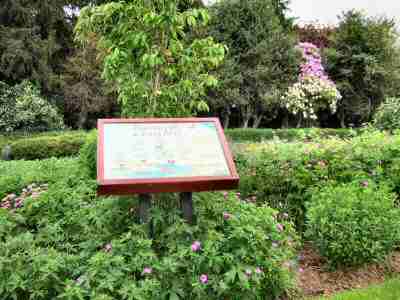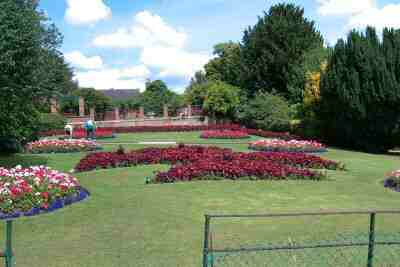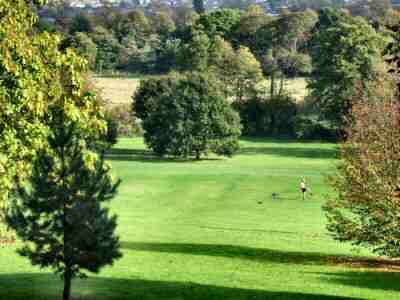DARLEY ABBEY PARK

DARLEY ABBEY PARK
Beautiful Darley Abbey Park is only two miles from the centre of Derby. The old village of Darley Abbey is most impressive when approached through Darley Park on the western side of the River Derwent. There are several entrances to the park. On foot from either side of the River Derwent. By road along Darley Park Drive and Mile Ash Lane on the park’s northern side.
It was opened in 1931 by HRH Prince George – later The Duke of Kent – on the same day that Markeaton Park was opened. The park is one of Derby’s most beautiful and popular leisure facilities. Situated within easy walking distance of the city centre, Darley Park offers peaceful and relaxing walks through unspoilt parkland.
The park has a tree trail that you can easily follow. This takes you past thirty different varieties of trees originating from all over the world. From the Purple Japanese Maple to the Tibetan Cherry.
An evening of classical music and fireworks takes place in the park at the end of the summer.
HISTORY
The park was once home to the county’s most important monastic institution. A house of Augustinian Canons was established in 1137 and dedicated to St Helena, who built an abbey on the site.
Few traces remain of Darley Abbey. Founded in about 1140 it later became the richest and most powerful abbey in Derbyshire. The land and properties owned by the abbey covered an extensive area in Derbyshire, Nottinghamshire and Staffordshire.
The Industrial Revolution had a profound effect on Darley Abbey. Water was the driving force powered by the River Derwent. As a consequence, an industrial hamlet sprang up. In the 1730s there were four mills. A paper mill, a corn mill, a fulling mill and a leather mill are all powered by the Derwent.
Today Darley Abbey forms part of The Derwent Valley Mills World Heritage Site, because of the pioneering work of the Evans family. In the 21st century, The old village is regarded as a desirable place to live and the mills are still in use.



